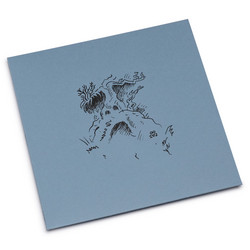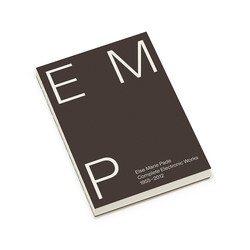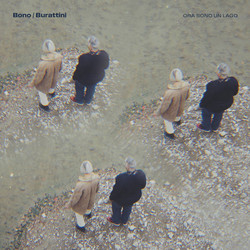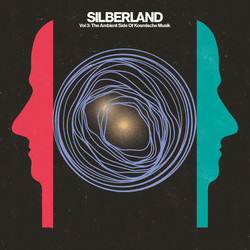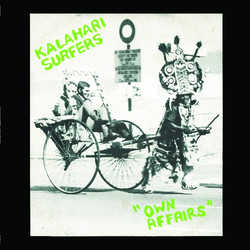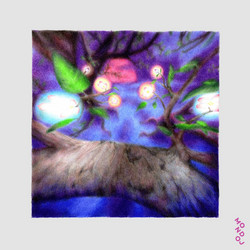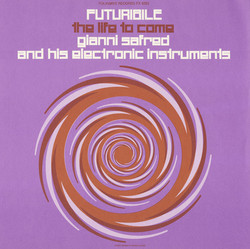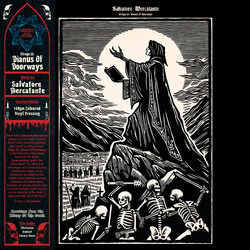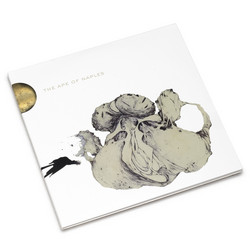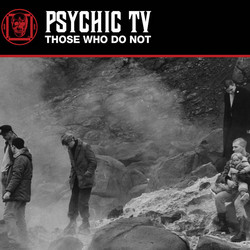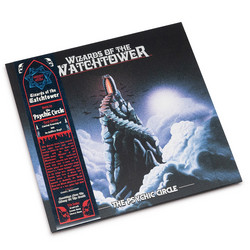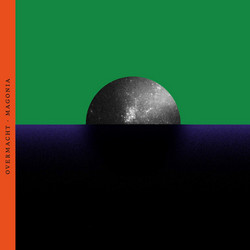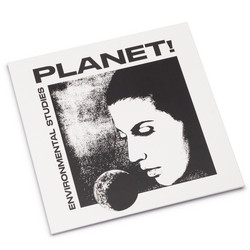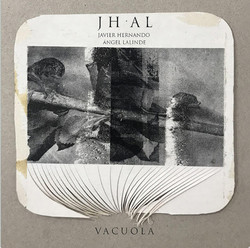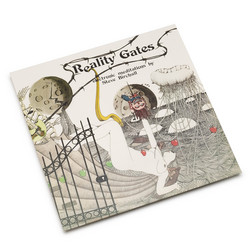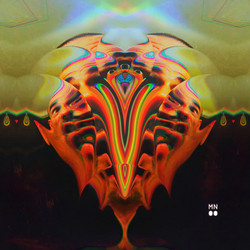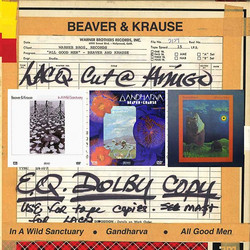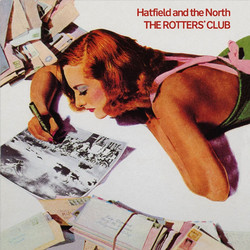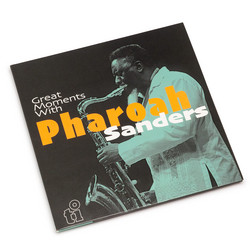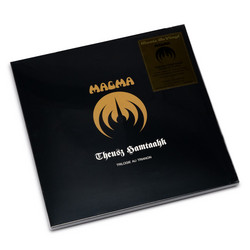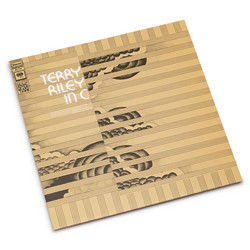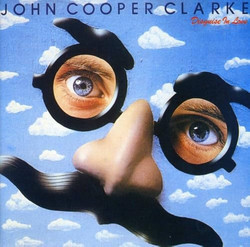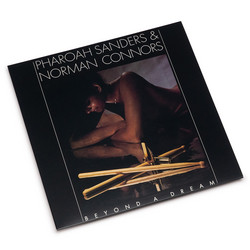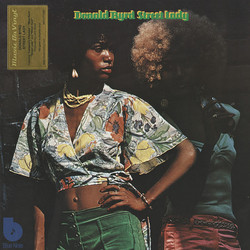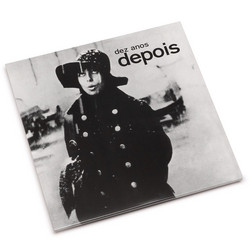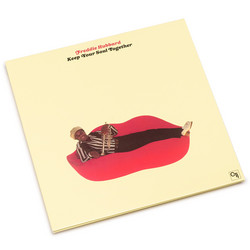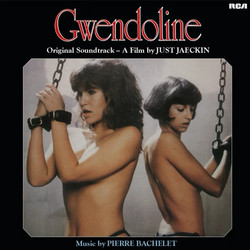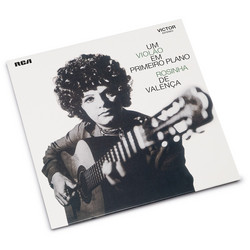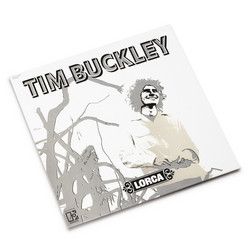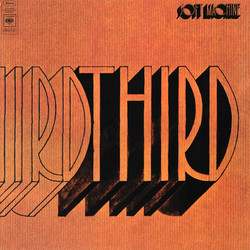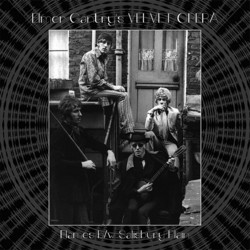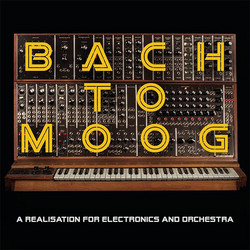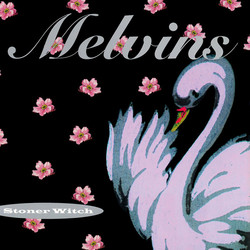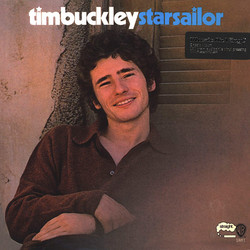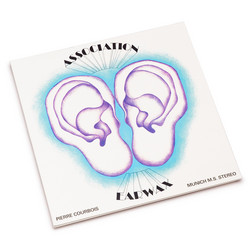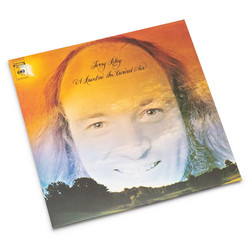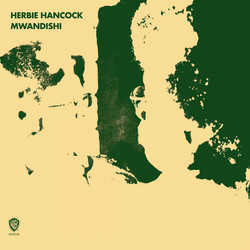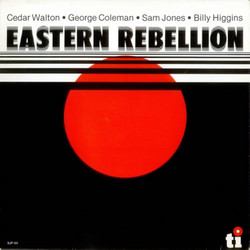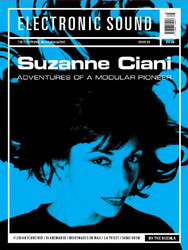In the course of their first few albums, Paul Beaver and Bernie Krause broke a lot of ground in the art of recording the synthesizer, still a young and futuristic instrument in the late 1960s and early 1970s. It's sometimes overlooked, however, that the records were not solely vehicles for synthesizer experimentation, but also varied musical statements drawing from numerous strands of popular styles. Just as their first Warner Brothers LP, In a Wild Sanctuary had differed from their earlier records, so did its follow-up Gandharva reach into new directions. Jazz, blues, rock, and gospel all played their part on a recorded divided between studio tracks and an entire LP side cut live at San Francisco's magnificent Grace Cathedral. "Basically, we just wanted to jam and have a great musical time - bringing music from a point of noise to a place very much quieter and more contemplative," explains Bernie Krause today. The LP also grew out of Beaver and Krause's ambitions to create the first live quadraphonic album, though as it turned out quadraphonic sound would not catch on as stereo had. The journey from noise to quiet would start with the blues-rock of Saga of the Blue Beaver at the beginning of side one, with Mike Bloomfield and Ronnie Montrose sharing the lead guitar duties, though it wasn't any old blues-rock, as Beaver and Krause both played Moog synthesizer on the track. Nine Moons in Alaska, entirely performed on Moog synthesizer, was sparked by Beaver and Krause's contributions to the soundtrack of the movie Performance, starring Mick Jagger in his first (and best) film role. Walkin', the next track, takes yet another path with its a cappella gospel-like one-take vocal by Patrice Holloway, who sang backup on records by the likes of Neil Young, Joe Cocker, and Billy Preston during the same era. It's not quite a solo performance, however, since as Krause detailed in the original liner notes, "So perfect was her pitch that Paul was able to lay a piano track in Satie fashion some weeks later without altering the speed or the pitch. The voice was then processed with Moog, VSO and Echoplex on 16-track." Also in a gospel vein was side one's closer, Walkin By the River, with Clydie King among the assembled voices, and jazz great Ray Brown on bass. Side two of the record would be recorded live in one of the great spiritual structures of the American West Coast on February 10 and 11 of 1971. "We were looking for places with long reverb times," recalls Bernie. "Even checked out an abandoned missile silo north of Sacramento and accidentally dropped a multi-track recorder into the well, smashing it to bits... Grace Cathedral seemed much safer, and we had more control over the quad space, setting up mics throughout the cathedral and having baritone saxophonist Gerry Mulligan and alto saxophonist and flautist Bud Shank wander through the space so that the perspectives would constantly change." Jazzman Gerry Mulligan took an especially prominent role in the Grace Cathedral recordings, even writing the only track on the LP, By Your Grace, not penned by Beaver and Krause themselves. Also on the Grace Cathedral tracks were Krause (on Moog synthesizer), Beaver (on pipe organ), Gail Laughton on two harps (simultaneously), and guitarist Howard Roberts, who'd played on Beaver and Krause's previous album, In a Wild Sanctuary. Unfortunately, Beaver and Krause were able to complete only one more album together before Paul Beaver's unexpected death in early 1975. - Richie Unterberger

